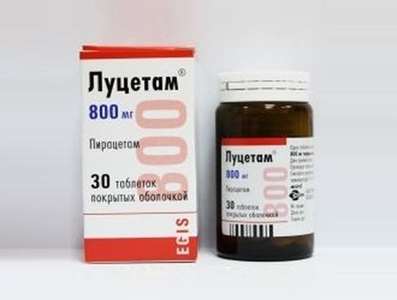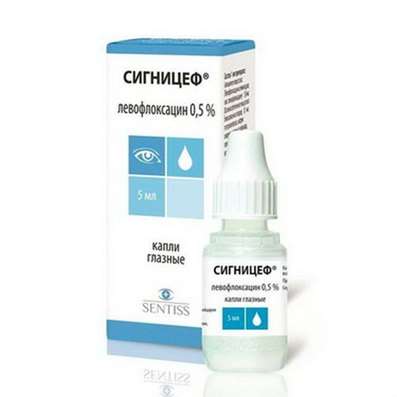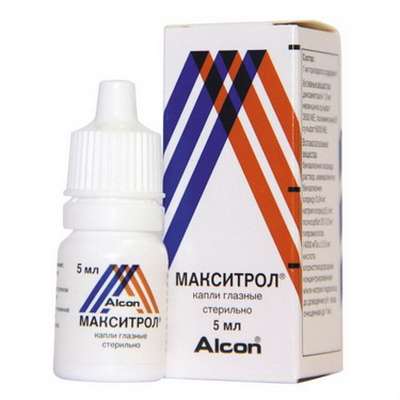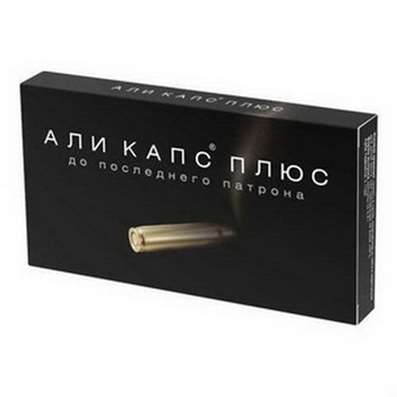Instruction for use: Insulin biphasic [human biosynthetic] (Insulinum biphasicum [humanum biosyntheticum])
I want this, give me price
Pharmacological group
Insulins
Nosological classification (ICD-10)
E10 Insulin-dependent diabetes mellitus
Decompensation of carbohydrate metabolism, Diabetes mellitus, Diabetes insulin sugar, Diabetes mellitus type 1, Diabetic ketoacidosis, Insulin-dependent diabetes, Insulin-dependent diabetes mellitus, Coma hyperosmolar non-ketoacidotic, Labile form of diabetes mellitus, Violation of carbohydrate metabolism, Type 1 diabetes mellitus, Type I diabetes mellitus, Insulin-dependent diabetes mellitus, Type 1 diabetes mellitus
E11 Non-insulin-dependent diabetes mellitus
Acetonuric diabetes, Decompensation of carbohydrate metabolism, Diabetes insulin-independent sugar, Diabetes sugar type 2, Type 2 Diabetes, Non-insulin-dependent diabetes, Non-insulin dependent diabetes mellitus, Non-insulin-dependent diabetes mellitus, Insulin resistance, Insulin resistant diabetes mellitus, Coma lactobacillus diabetic, Violation of carbohydrate metabolism, Type 2 diabetes mellitus, Diabetes mellitus type II, Diabetes mellitus in adulthood, Diabetes mellitus in old age, Diabetes insulin-independent, Diabetes mellitus type 2, Sugar insulin-independent diabetes type II
Characteristics
The preparation of insulin combined action, obtained by the method of recombinant DNA technology. It is a mixture of soluble human insulin (30%) and a suspension of human isophane-insulin (70%).
Pharmacology
Pharmacological action - hypoglycemic.
Regulates blood glucose level, metabolism and deposition of carbohydrates, proteins, lipids in target organs - liver, skeletal muscles, adipose tissue; Has the properties of anabolic. Linking to the membrane receptor - tetramer consisting of 4 subunits, 2 of which (alpha) are extramembrane and responsible for binding of the hormone, and 2 others (beta) are immersed in the cytoplasmic membrane and are carriers of tyrosine kinase activity, forms an insulin-receptor complex that undergoes autophosphorylation. In intact cells, this complex phosphorylates the serine and threonine ends of protein kinases (C and AMP-dependent), which leads to the formation of a secondary mediator - phosphatidylinositol glycine and triggers phosphorylation, activating enzymatic activity in target cells. In muscle and other tissues (with the exception of the brain) promotes intracellular transport of glucose and amino acids, stimulates synthetic processes and inhibits protein catabolism. Promotes the accumulation of glucose in the liver in the form of glycogen and suppresses gluconeogenesis (glycogenolysis). The onset of action after the sc administration is 30 minutes, the maximum effect is 2-8 hours, the duration of the action is up to 24 hours.
Absorption depends on the method and place of administration (abdomen, thigh, buttocks), the volume of injection, the concentration of insulin. It is distributed unevenly in tissues; Does not penetrate the placental barrier and into breast milk. Degradation occurs in the liver under the action of glutathione-insulintranshydrogenase (insulinase), which hydrolyzes the disulfide bonds between chains A and B, making them available for proteolytic enzymes. It is excreted by the kidneys (30-80%).
Indications
Type 1 diabetes mellitus, type 2 diabetes mellitus (with resistance to oral hypoglycemic agents or combined therapy, intercurrent conditions).
Contraindications
Hypersensitivity, hypoglycemia.
pregnancy and lactation
During pregnancy and during lactation, it is necessary to adjust the dose to compensate for diabetes.
Side effects
Hypoglycemia (pallor of the skin, increased sweating, sweating, palpitation, tremor, hunger, agitation, anxiety, paresthesia in the mouth, headache, drowsiness, insomnia, fear, depressed mood, irritability, unusual behavior, movement uncertainty, speech disorders and Posthypoglycemic hyperglycemia (Somogy phenomenon), insulin resistance (daily requirement exceeds 200 units), allergic reactions - skin rashes with itching, sometimes accompanied by dyspnea and hypotension, nafilaktichesky shock; Local reactions - redness, swelling and soreness of the skin and subcutaneous tissue (pass alone for several days - weeks), post-injection lipodystrophy, accompanied by a violation of insulin absorption, the emergence of pain sensations with a change in atmospheric pressure; visual disturbances (early treatment).
Interaction
The hypoglycemic effect is enhanced by oral hypoglycemic agents, sulfonamides, androgens, anabolic steroids, bromocriptine, disopyramide, guanethidine, MAO inhibitors, carbonic anhydrase inhibitors, ACE inhibitors, tetracyclines, clofibrate, ketoconazole, mebendazole, theophylline, cyclophosphamide, salicylates (in high doses) and other NSAIDs , Beta-adrenoblockers (mask the symptoms of hypoglycemia, including tachycardia, increased blood pressure), alcohol. Decrease the hypoglycemic effect of ACTH, glucocorticoids, amphetamines, baclofen, estrogens, BCC, heparin, oral contraceptives, thyroid hormones, thiazide and other diuretics, sympathomimetics, danazol, tricyclic antidepressants, somatotropin, glucagon, phenytoin, morphine. Concentration in the blood increases (speeds up absorption) nicotine-containing drugs and tobacco smoking. Pharmaceutical incompatible with solutions of other drugs.
Overdose
Symptoms: hypoglycemia of varying severity, up to hypoglycemic coma.
Treatment: with mild hypoglycemia, the ingestion of foods rich in carbohydrates, with heavy - in / in the jet dextrose solution (up to 50 ml of 40% solution) with the simultaneous administration of glucagon.
Routes of administration
PC.
Precautions
The development of hypoglycemia contributes to overdose, a violation of diet, exercise, fatty liver infiltration, organic kidney damage. For the prevention of post-injection lipodystrophy, it is recommended to change injection sites, the treatment consists in the administration of insulin (6-10 units (action)) mixed with 0.5-1.5 ml of 0.25-0.5% solution of novocaine, in the transitional zone of lipodystrophy , Closer to a healthy tissue, to a depth of 1 / 2-3 / 4 of the thickness of the fat layer.
Allergization requires hospitalization of the patient, identification of the component of the drug, which is an allergen, the appointment of adequate treatment and replacement of insulin.
The dose of insulin needs to be adjusted in case of thyroid dysfunction, Addison's disease, hypopituitarism, liver and / or kidney dysfunction and diabetes mellitus in patients older than 65 years. A change in the dose of insulin may also be required if the patient increases the intensity of physical activity or changes the habitual diet.
The intake of ethanol (including beer, wine) can cause hypoglycemia. Do not take ethanol on an empty stomach.
Concomitant diseases (especially infectious diseases) and conditions accompanied by fever, increase the need for insulin. The transition from one type of insulin to another should be carried out under the control of blood glucose. The reduction in the number of daily injections is achieved by combining insulins of different duration of action.

 Cart
Cart





